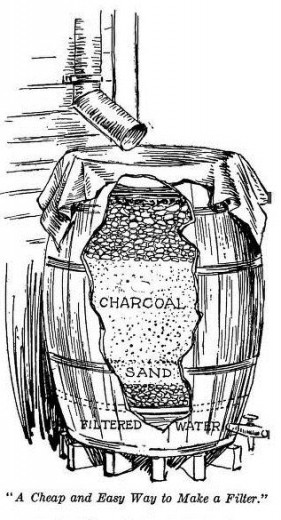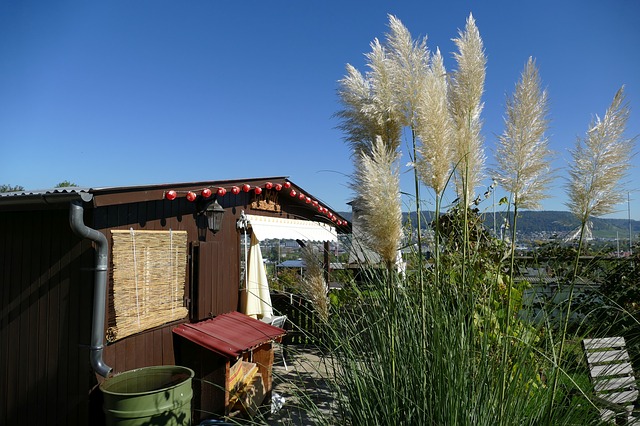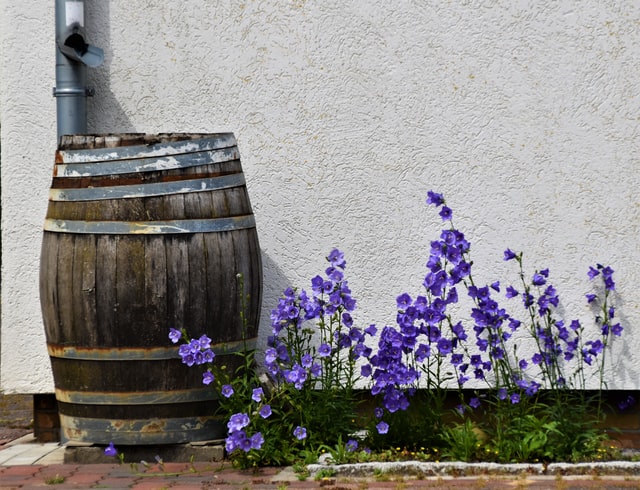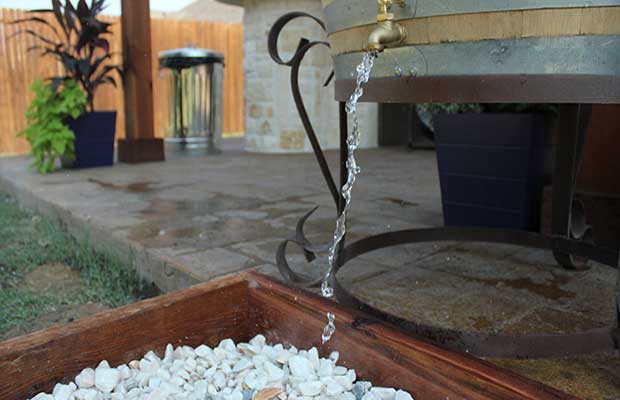Final Up to date on March 2, 2021
In occasions of drought or ought to the municipal companies that you just depend on stop working, it might be essential to know learn how to filter rainwater.

Throughout our boiling, broiling, blistering summer season of 2012 right here within the Missouri Ozarks, water was a subject of dialog wherever we went. Creeks and ponds dried up (some by no means recovered) and the water desk dropped, forcing a number of neighbors to have their properly pumps lowered or to even have deeper wells drilled.
Many people shared reminiscences of rain barrels, cisterns, hand pumps, and drawing water with a properly bucket as a toddler, normally on grandpa and grandma’s farm. Some mentioned they’d by no means wish to rely once more on these old-time strategies of getting water. However, a minimum of they knew learn how to filter rainwater and get the job executed.
It appears we have now misplaced a lot sensible data within the final 50 or so years as a result of we thought we’d by no means want it once more. Now we’re scrambling to relearn these easy know-hows.
A tattered, 4-inch thick, 1909 ebook I fortunately secured for $8 in a thrift retailer reveals, amongst umpteen-thousand different every-day expertise, learn how to make selfmade water filters. The directions in “Family Discoveries and Mrs. Curtis’s Cookbook” are fairly primary as everybody had a rain barrel again then and presumably knew learn how to filter rainwater. Now, 104 years later, I’m grateful the authors had the foresight to protect their data for us and identified that rainwater collected in barrels from a roof is a necessity in some places, but in addition is finest for laundry and “typically extra healthful for consuming functions than arduous water.”

The “healthful” commentary applies to crops, too. I seen throughout our 6-week dry spell (not a drop of rain) that I used to be solely capable of hold my greens alive with the backyard hose – till our properly, too, started sucking air. The pitiful potato, tomato and bean crops truly appeared petrified, like light plastic decorations. Then, after a 2-hour rain bathe, the crops miraculously leaped to life – vibrant, inexperienced, and THRIVING. I did, too.
In early June final 12 months, my husband shocked me with a 425-gallon water tank so I might water with nutritious rainwater, though it was August earlier than any measure of water was within the tank. When the elusive rains lastly paused briefly overhead, I used to be out in it with my 2-gallon watering can, operating and sloshing the water like a loopy lady onto our uncared for timber far up the hill.
100-year-old directions to filter rainwater
For gardening, rainwater is, naturally, finest unfiltered. However, for family use, the classic ebook says the next directions yield an affordable and straightforward method to make a filter simply nearly as good as a patent filter costing 10 occasions as a lot:
“Take a brand new vinegar barrel or an oak tub that has by no means been used, both a full cask or half measurement. Stand it on finish raised on brick or stone from the bottom. Insert a faucet close to the underside. Make a good false backside 3 or 4 inches from the underside of the cask. Perforate this with small gimlet holes, and canopy it with a bit of fresh white canvas.
“Place on this false backside a layer of fresh pebbles 3 or 4 inches in thickness; subsequent, a layer of fresh washed sand and gravel; then coarsely granulated charcoal concerning the measurement of small peas. Charcoal created from arduous maple is the very best.
“After placing in a half bushel or so, pound it down firmly. Then put in additional till the bathtub is crammed inside 1 foot of the highest. Add a 3-inch layer of pebbles, and throw excessive a bit of canvas as a strainer. This canvas strainer will be eliminated and washed sometimes and the cask will be dumped out, pebbles cleansed and charcoal renewed each spring and fall, or annually could also be ample.
“This filter could also be set within the cellar and used just for consuming water. Or it might be utilized in a time of drought for filtering stagnant water, which might in any other case be unpalatable, for the usage of inventory. This additionally makes a great cider filter for the aim of creating vinegar. The cider ought to first be handed via a cheesecloth to take away all coarser particles.
“Or a small low-cost filter could also be created from a flowerpot. A high quality sponge could also be inserted within the gap and the pot crammed about as directed for the above filter. It might be positioned within the prime of a jar, which can obtain the filtered water.”
Free on-line studying

My copy of the 1,000-page ebook is stained and worn, I assume from a few years of use in the home, barn and backyard. Regardless that I might learn the brilliant, white on-line model, I treasure my rag-tag ebook and am hanging onto it. I nonetheless have a lot to be taught.
To learn the free on-line model of Family Discoveries and Mrs. Curtis’s Cookbook that covers every little thing from learn how to eradicate vermin, salt fish, and construct a 5-hole privy, go to Family Discoveries on Open Library.org. Info on filtering water begins on web page 108.
Linda Holliday lives within the Missouri Ozarks the place she and her husband fashioned Effectively WaterBoy Merchandise, an organization dedicated to serving to folks reside extra self-sufficiently off-grid, and invented the WaterBuck Pump. A former newspaper editor and reporter, Holliday blogs for Mom Earth Information, sharing her expertise in trendy homesteading, natural gardening, and human-powered units.


